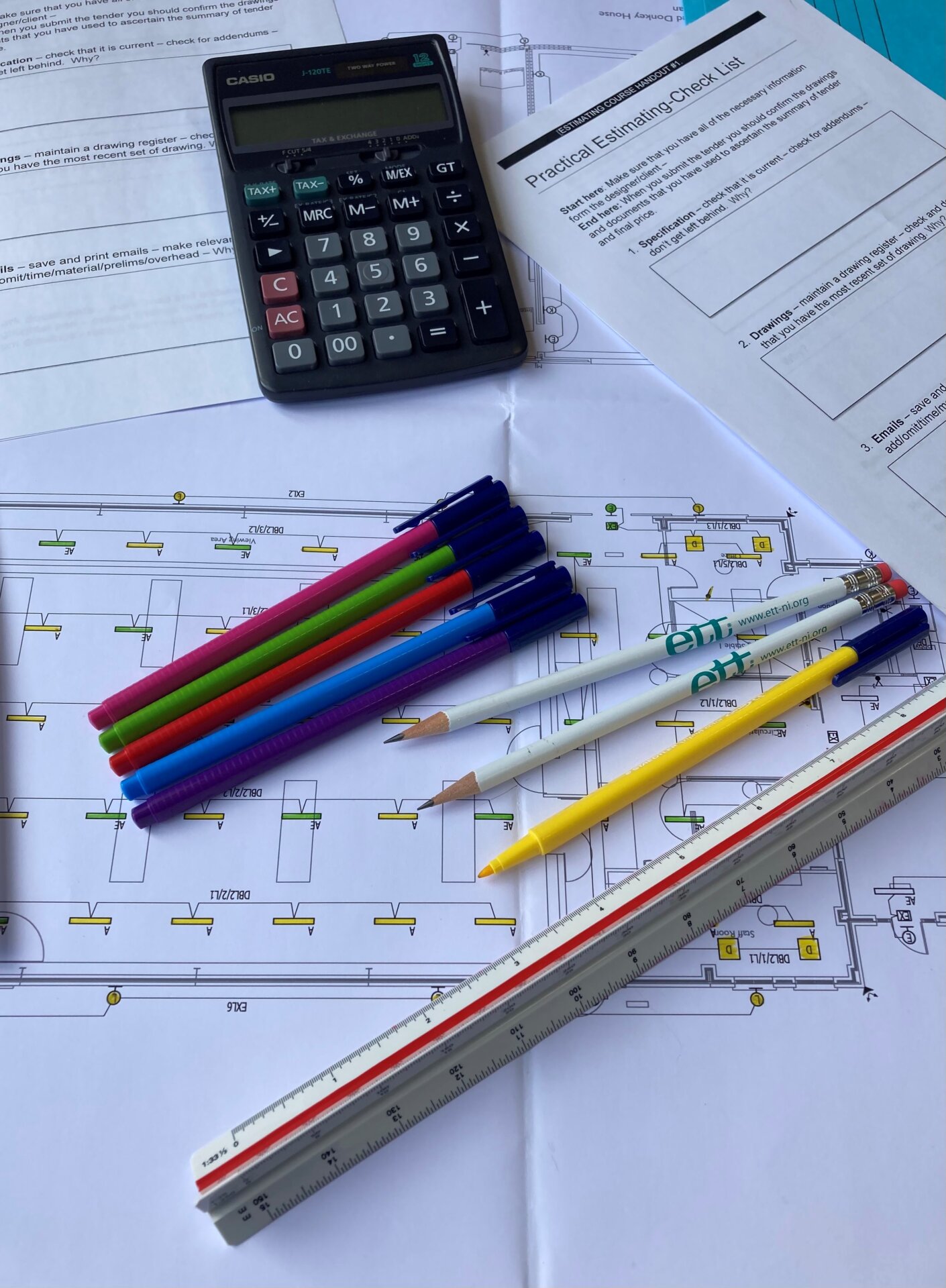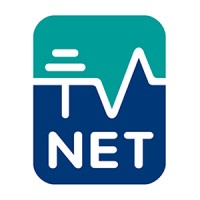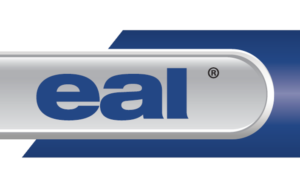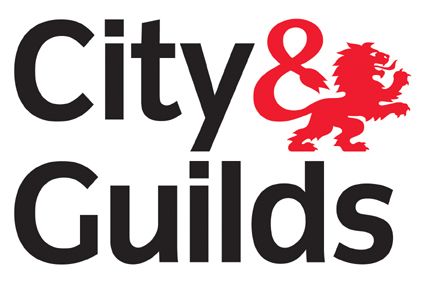News | 17th June 2021
Effective and efficient reading: An Estimator superpower
Contemporary estimating practice relies on the fundamental skills of historical estimating, i.e., good reading, numeracy, technical skills and knowledge of the subject, with relevant on-site practical experience.
Other skills, including IT, business acumen, management, negotiation, communication, visualisation, administration, and time-management, are developed through experience, training and mentoring.
The opportunity to estimate and subsequently tender for work presents in different forms. Clients may opt for a schedule of rates, design and build, part design, or a complete specification and design approach to a project. The type of project, contract period and funding arrangements are factors that determine a Client’s preference.
Reading the designers specification, appendices, drawings and notes is the commencement point in treating most estimating exercises.
Failure by the estimator to grasp and maintain control over all necessary information, may lead to costly errors. Information that is overlooked or not current at the time of tender, will produce an unreliable estimate and lead to either a sub-economic offer or an uncompetitive losing outcome.
Before the estimating process begins, the estimator must take time to carefully ensure all necessary tender documents are to hand and up to date. A drawing register and document control system are essential to maintaining control over the estimating process.
Improve your reading skills – Skimming and scanning.
Effective reading is the primary enabling skill that allows the estimator to get to grips with client requirements in terms of design, programme, function and finish. Efficient reading is the process of extracting, summarising and productively using written data within the available time and resource constraints.
Effective and efficient reading of the documents by the estimator is required to:
- Protect the enterprise from costly error
- Maximise the opportunity to win tenders
- Explore the text for other potential post-win commercial gains
Tender documents, including specifications, appendices, drawing notes etc., can range from a few pages to large bundles of technical, instructive and descriptive text.
Reading and understanding each word, sentence, and paragraph of tender documents is essential. Time constraints and productivity demands mean that estimators must develop a speed-reading superpower to help keep them ahead of the tender conveyor belt.
Skimming
The estimators reading superpower is partly built on a skimming technique (reading before you read) which is the skill of quickly previewing, overviewing and reviewing the general descriptive and instructive text of tender documents. Using this (birds-eye view) technique engages the estimator in an initial rapid reading and document assessment process. The aim is to quickly gain a clear sense of the big picture and formulate critical questions relevant to the estimate, e.g.
- What documents are required?
- Are there any special conditions?
- When will the project start and finish?
Scanning
Scanning is the second part of the estimators reading superpower. By using the scanning technique, the estimator is engaged in filtering text for specific technical, financial, product, and scheduling details. Such details are found by zooming into instructive words and phrases in paragraphs related to particular tasks, materials or techniques described in the text, e.g. Must, shall, ensure, obtain, include, maintain, oversee, be responsible for, allow for, etc.
Annotating documents, highlighting or underlining keywords, and summarising findings via skimming and scanning reading techniques, helps the estimator retain, explain, and accurately interpret the information into estimated costs for tendering purposes.
Practical Introduction to Electrical Estimating
If you would like to develop your analytical skills and learn how to apply these techniques, ETT’s Practical introduction to electrical estimating course is the perfect starting place.
https://www.ett-ni.org/course-finder/introduction-to-estimating/









